Field Review: Seacam Seaflash 60D Strobes
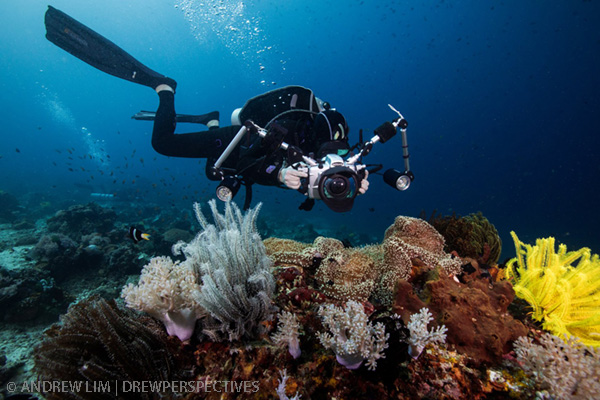
Field Test results
I have used Seacam Seaflash 60D strobes on assignments to the Great Barrier Reef, Norway, Anilao, during the Wetpixel/Alex Mustard Macro Workshop in Lembeh and while diving at home. All told, these trips represent over 300 dives and around 10,000 images. I have used them for macro and wide angle photography, along with close focus wide angle and wide angle macro.

They have been used with a Nikon D500, housed in Seacam Silver housing, and triggered via S6 electrical and fiber optic connections. The test strobes have been the Nikon version. Internal housing circuitry has been Seacam’s own and a board designed and built by Pavel Kolpakov of UWTechnics.
Regarding basic performance, testing provided an average (over seven cycles) of 223 flashes at full power with Eneloop Pro batteries. Recycle time slows significantly as battery capacity declines. After continuous cycling (which was done in a bucket of water), there are no signs of any damage, discoloration or wear on the flash tubes and they seem to be functioning correctly.


With linear flash tubes, the quality of the light tends to drop off as the intensity (power) increases. As a flash tube is driven harder, it tends to create a harsher, less enveloping light. Diffusers can be added to mitigate this, but this does result in a power reduction and makes the fall off of the edges of the light less controllable.

By contrast, circular flash tubes tend to produce a much more uniform and (subjectively) more pleasing light. Even at full power, they seem to provide a softer light that wraps around the subject and often do not need diffusers. So the absolute power metric is perhaps not as critical as it at first seems.
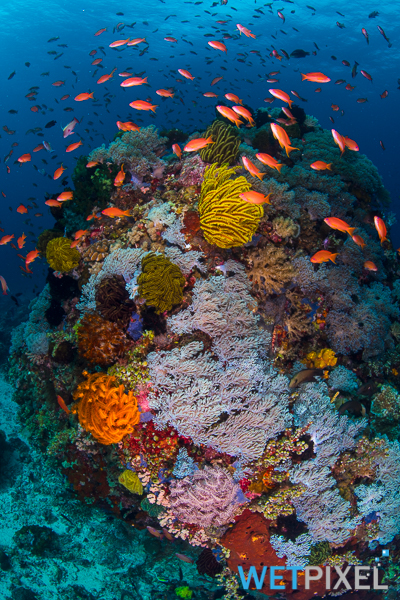
The Seacam 60Ds produce sufficient light to light wide angle scenes with careful strobe positioning and judicious use of full power. This is undoubtedly helped by the high ISO performance available with modern cameras as it is possible to maintain suitably small apertures to ensure corner sharpness with less absolute strobe power.
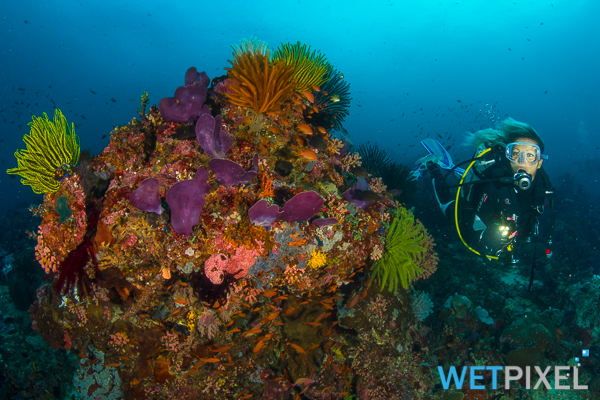
The second issue mentioned above is color temperature. It requires less energy to create a bigger output with a cooler temperature than a warmer one. Hence, most smaller form factor strobes tend to have color temperatures in the region of 5500°K. The 60D has a color temperature of 4400°K.
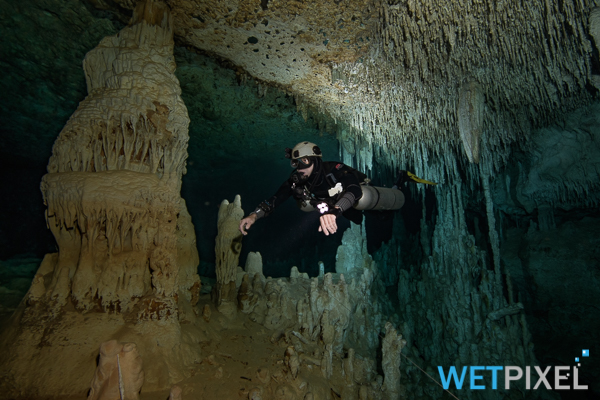
The effect of the warmer output is that the blue parts of an underwater scene tend to have a deeper, more saturated color. Again, cooler color temperature strobes can have their output modified with the use of warming filters at the expense of some power.
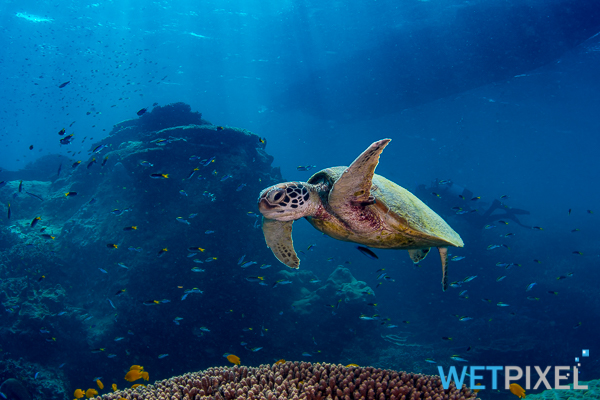
While it is true that the color temperature of images can be altered in post by using a custom white balance, this is (typically) a global correction that creates a color shift across the whole picture, negatively impacting on the colors at the other end of the spectrum. I found that the 60D’s native color temperature produced a pleasing blue.
In cooler, more temperate waters, white balance and strobe output are less critical as overzealous strobe use tends to create massive amounts of backscatter.
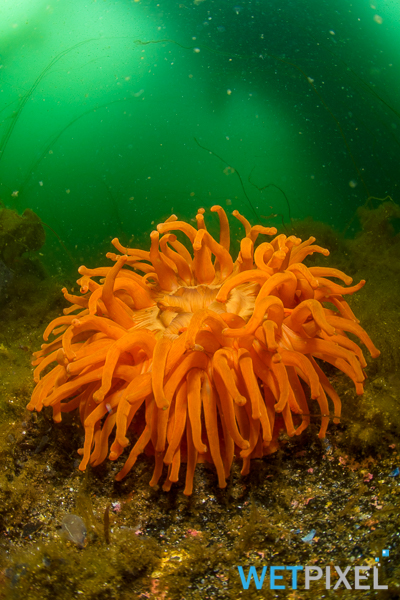

Seacam’s accessory “Macro Protection rings” are very useful in controlling the spill of the light in these circumstances.
The physical size of these strobes makes them a good option for close focus wide angle photography. The color temperature and evenness of their light produce pleasing results. Regarding their form factor, their length does present challenges with lens/dome combinations that are short (hint: Using a Teleconverter helps not only to provide magnifications but also moves the dome away from the housing, making it easier to light subjects that are very close to the dome.)
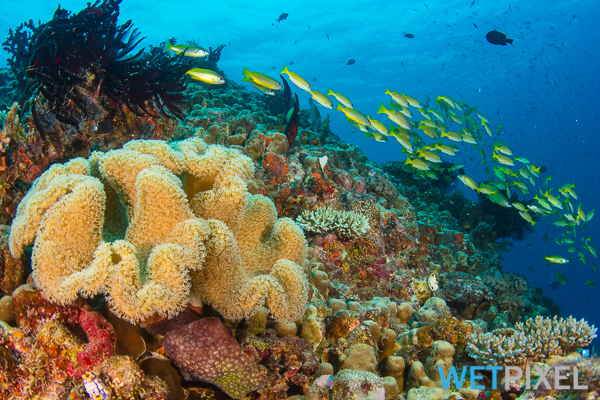
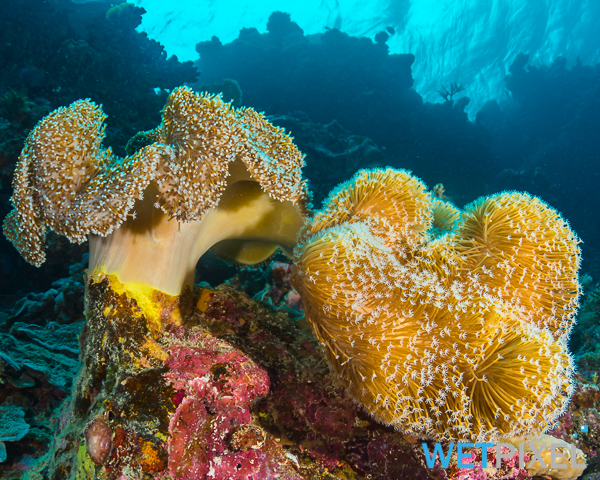
Conventional macro photography typically does not need massive amounts of strobe power. Light quality is still vital as often this is the only lighting source used to illuminate the subject.
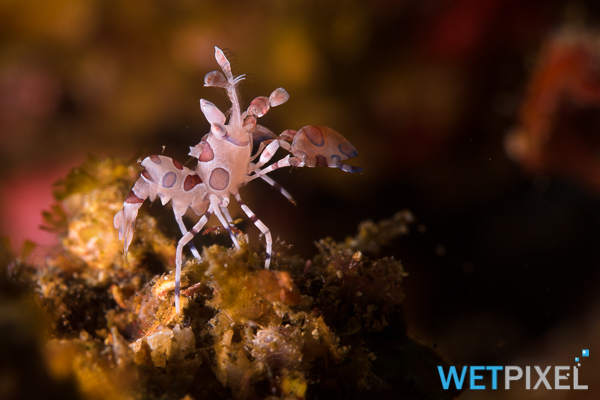
Also critical for macro is the size and form factor of the strobe. There is no doubt that smaller strobes are easier to use, if for no other reason that they can be squeezed in closer to the port. The 60D’s shape means that it will fit between the housing and port end with longer (100 mm) lenses. Shorter lens and port combinations mean that the strobe has to be angled.
Macro lends itself to TTL exposure control more readily than wide angle. Compared to most strobes on the market, Seacam strobes differ in how they are triggered and controlled. The TTL conversion circuity is contained in the strobe itself, rather than on a board in the housing. This is why different models exist for Nikon and Canon firmware versions. It also arguably provides more accurate metering.

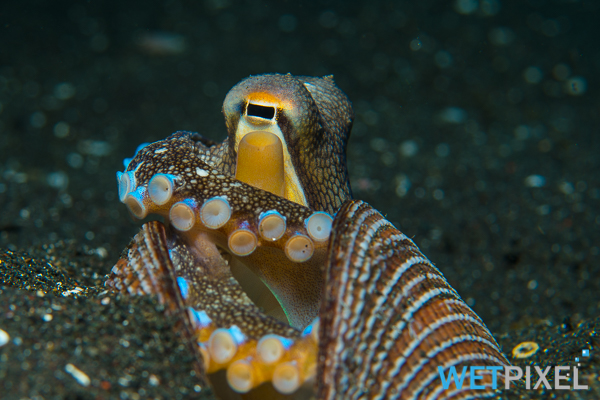
These images show that TTL metering as enabled on the 60D seems accurate. In common with many shooters though, I tend to move my strobe arms into many different positions and find that TTL is limiting. For example, backlighting and side lighting tend to confuse the camera and result in less than ideal exposures.
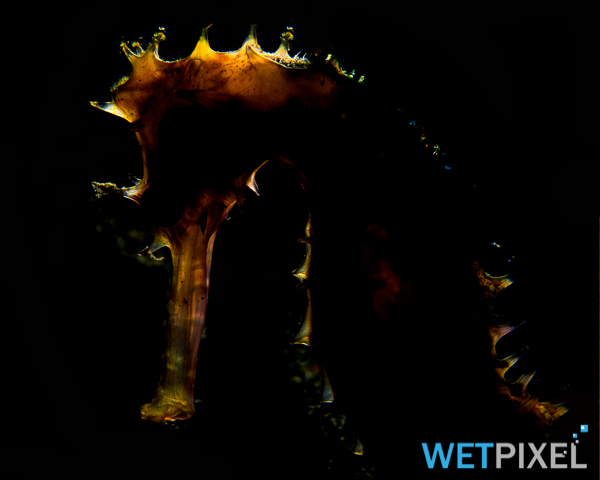

The quality of light produced by the Seacam 60Ds shows off macro subjects positioned against diffuse backgrounds.
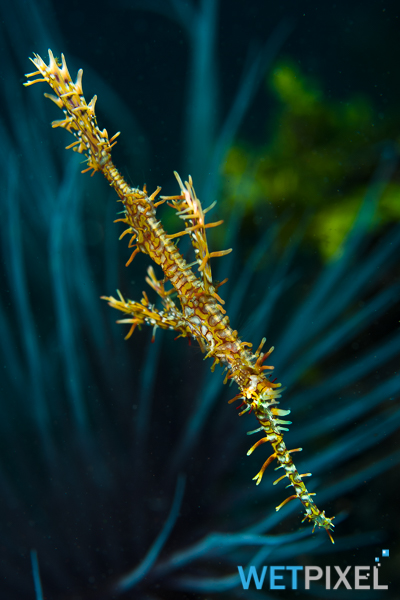
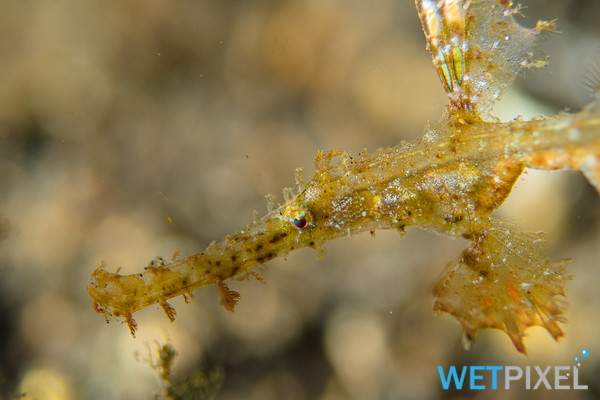
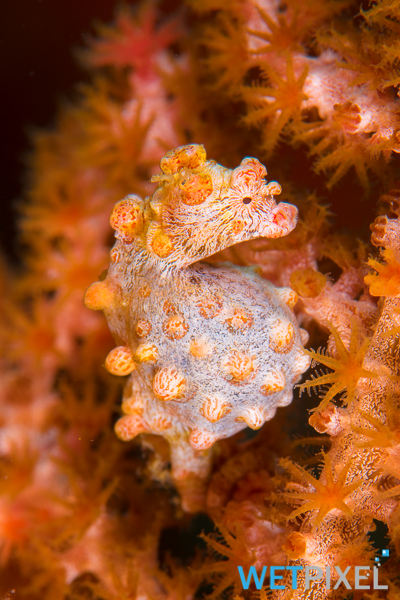
It also seems that the warmer light helps to enhance warmer tones in subjects, even in situations that the light falling on the background is excluded from the frame by using a small aperture.
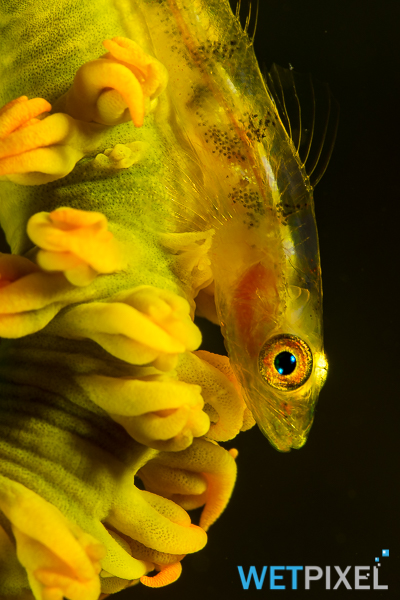
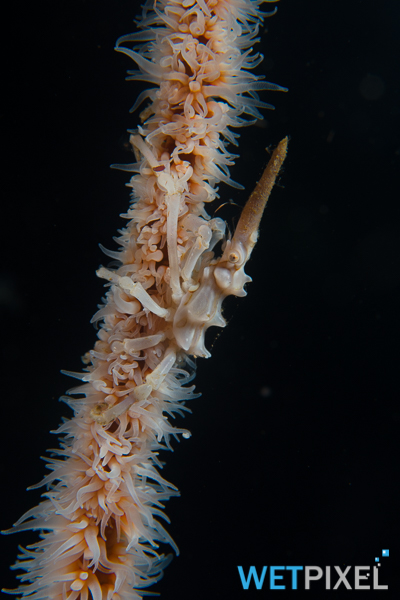
In use, the Seacam, 60D strobes have fired consistently and reliably when using either electrical or fiber optic connections. I cannot remember any occasion when they did not fire.

However, they have a relatively slow recycle time, particularly when firing at full power. In fast action, I found that I tended to miss some shots due to this. Of course, these are not designed for this purpose.
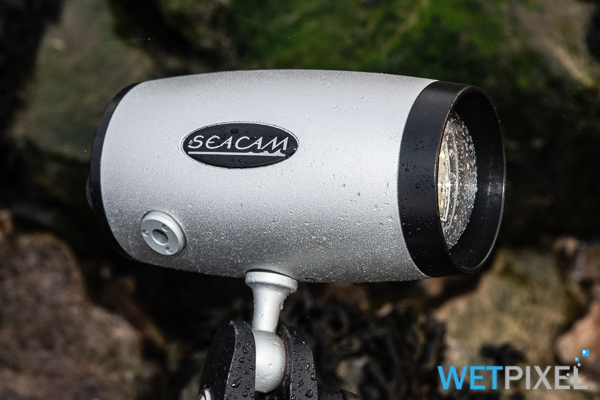
The strobes are very robust and well made. There are absolutely no signs of damage or wear to them.

Seacam supplied neoprene covers that I have used that have both protect them and made them slightly positively buoyant in seawater (neutral in fresh). Without the covers, the strobes are designed to be neutral in sales water. Underwater handling is excellent.

The single control does take some getting used to. For example, to activate the focus light, the switch needs to be rapidly rotated from the “On” position to the full power or “1” position and then back again. Switching the light off requires the user to switch the strobe off and then back on again. When changing modes, the switch needs to be rotated rapidly from the low power or “16” position to the “mode” position and then back again to cycle through the mode options. The control works well, but users need to be quite familiar with how to use it to avoid frustration.

I rarely deliberately change modes underwater, but there is the possibility of inadvertently doing so.
There is a switch extension available to make it easier to use the control in cold water and with thick gloves.
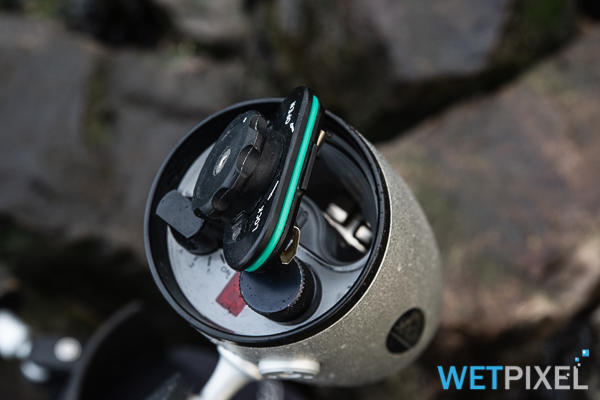
The battery compartment is sealed from the strobe electronics! I inadvertently flooded one battery compartment by not ensuring that the compartment’s latch was in the fully closed and locked position. It is essential to ensure that the compartment’s door is pushed firmly into place before latching it, as it is possible to move the lath into the locked position without the door being fully closed. Visual inspection confirms the door’s closure too.
After my flood (by the way, the strobe kept functioning during the dive), I dumped the batteries and rinsed the compartment with fresh water. It was left to dry overnight and has worked flawlessly ever since.
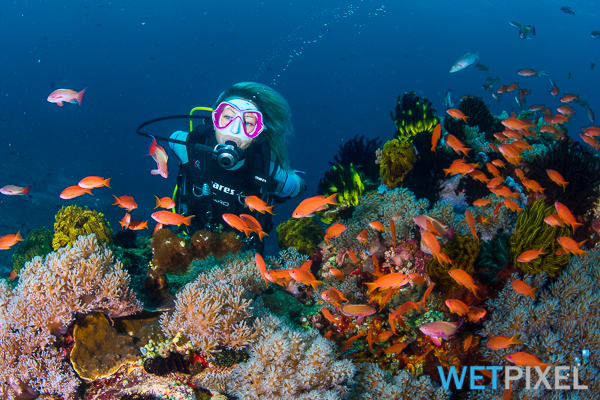
Final thoughts
Who is this strobe for? Given that it can be fired via non-proprietary fiber optic cables, the Seacam 60D offers non-Seacam housing users the option of a more traditional round tube strobe. The strobe is an excellent tool for macro photography and with careful positioning, can produce excellent wide angle images too. The quality of light produced by it is outstanding. It is beautifully constructed and is light enough to make it easy to travel with.
If I was planning to exclusively shoot big wide angle scenics or rapid big animal action, there are other choices with more power and faster recycle times. These will either be bigger and heavier than the 60D or will compromise on the quality of light they produce. The Seacam 60Ds offer a very balanced and versatile option for those seeking to improve the light quality in their images.
The Seacam 60D strobe is shipping now. Please consult your local Seacam dealer or email Seacam for prices and availability.
FTC Disclosure
Seacam Kindly loaned the Seacam 60D strobes used in this review to the reviewer. Many thanks to Harald Hordosch for his assistance with this review.
Seacam 60D strobes: Introduction and specifications.
Seacam 60D strobes: Field review.